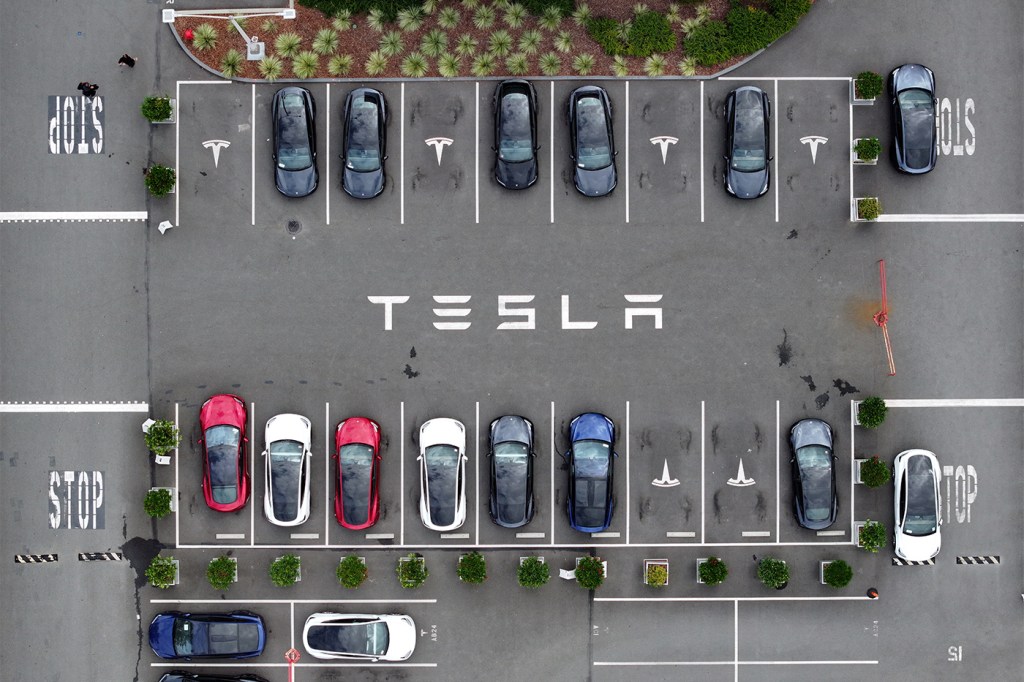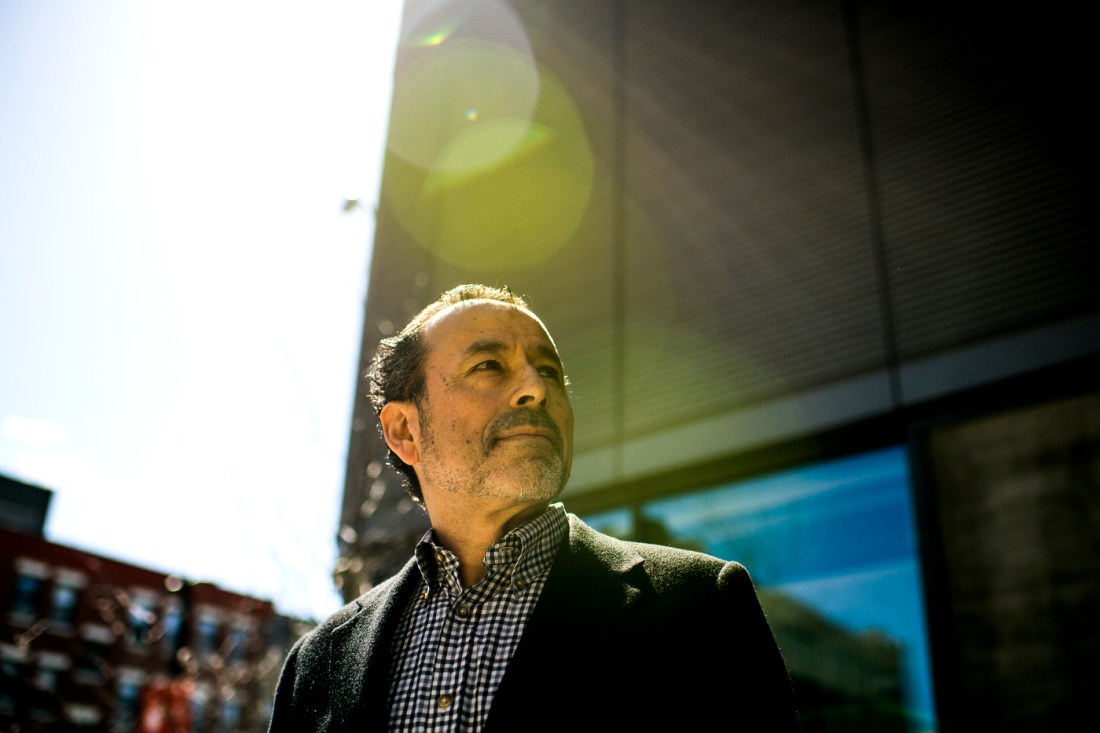Tesla fires team expanding Supercharger network. Expert explains why it was a good move for Elon Musk — and consumers

Last week, Tesla fired 500 employees responsible for expanding its Supercharger network.
The layoffs caught many by surprise, considering Tesla’s Supercharger network is dominant in the United States, often the only chargers in many regions. In addition, the company had recently signed deals to allow other car makers to use the network.
But Northeastern University business professor Fernando Suarez says that the decision — although “complex” — makes sense.
“At the end of the day, I can see how — from the perspective of Tesla — you would make a decision like this,” says Suarez, the Jean C. Tempel professor of entrepreneurship and innovation at Northeastern. Suarez also lectures about Tesla in an Innovation Driven Strategy course at the university.
“Yes, they could make some money out of the charging of other cars on their network,” Suarez continues. “But at the same time, they’re giving oxygen to the competition and allowing them to get stronger and stronger.”

And while the decision leaves many drivers worrying about how and where they are going to charge their electric vehicles, Suarez believes consumers will ultimately benefit from Tesla’s move.
“In the long term, it means that there will be more competition,” Suarez says. “It will incentivize other networks to grow faster, and other companies to start investing in their Supercharger network and in competing supercharging networks to be built.”
The Tesla Supercharger network is the dominant fast-charging network in the United States, with roughly 6,000 station locations and about 28,000 charging ports. Elon Musk said the firings included the group that had worked on building new Supercharger stations. Tesla, he said, would finish stations under construction. ChargePoint has the largest charging network in the United States with over 27,000 stations with nearly 50,000 individual charging ports, but the majority of these are slow-charging stations.
The Supercharger network was for years proprietary, meaning only Tesla cars could use it.
But Suarez says a few recent developments have made the idea of continuing to build and grow a nationwide charging network less attractive to Tesla.
First, the electric vehicle market “matured” — Tesla is no longer the only player in the game.
“Tesla enjoyed a situation that was very unusual — they were basically left alone for 10 years,” Suarez says. “When competition came, as in the last year when Tesla had to slash prices, sales were down, 10% of its workforce was laid off, and its stock fell, you transition to a different state in the industry — a state in which efficiency is super important.”
In other words, Tesla needs to cut costs.
Featured Posts
But in addition to efficiency, a more mature market also involves standardization.
Perhaps foreseeing this, Tesla forged deals with other automakers to allow non-Tesla cars to use the Supercharger network with adapters. But it would cost money for Tesla to adjust, maintain and expand its charging network — costs that might outweigh the money Tesla could make from charging customers. It also would give its competitors a leg up if they didn’t have to devote money to building their own charging networks.
Plus, this was only going to work for so long — the EV charging market is maturing too.
In fact, in last year’s Bipartisan Infrastructure Act, the government set EV charging standards and required companies to abide by them in order to access $2.5 billion in federal grants to build out the EV charging network.
Ultimately, facing a cash crunch, a standardized mature market for EVs and a maturing market for EV chargers, Tesla had a decision to make, Suarez says — essentially, did it want to be a car company or a charger company?
Tesla appears to have chosen the former, betting on autonomous vehicles for its next market disruption.
Of course, for the EV driver, Tesla’s decision is disconcerting; probably also for the environmentalist.
“From the societal point of view, maybe this is actually not a good thing because it will delay the deployment of the EV industry and the progress of the industry in the U.S.,” Suarez says. “But that would be temporary.”
Will others fill the vacuum?
“No question,” Suarez says.










